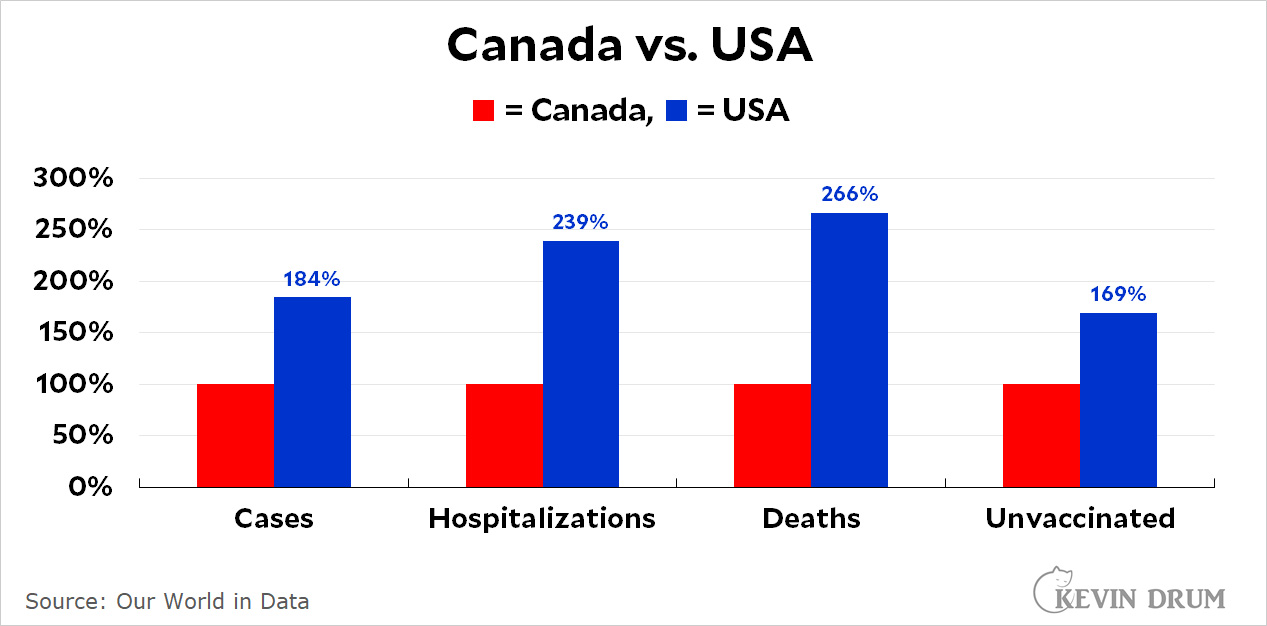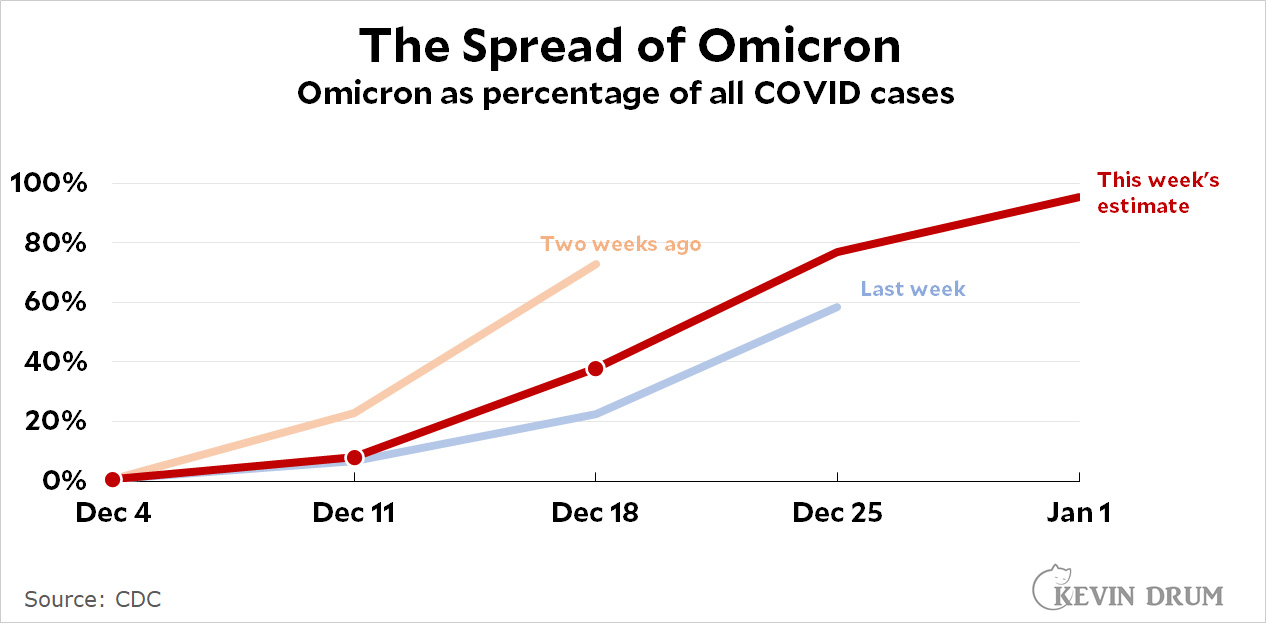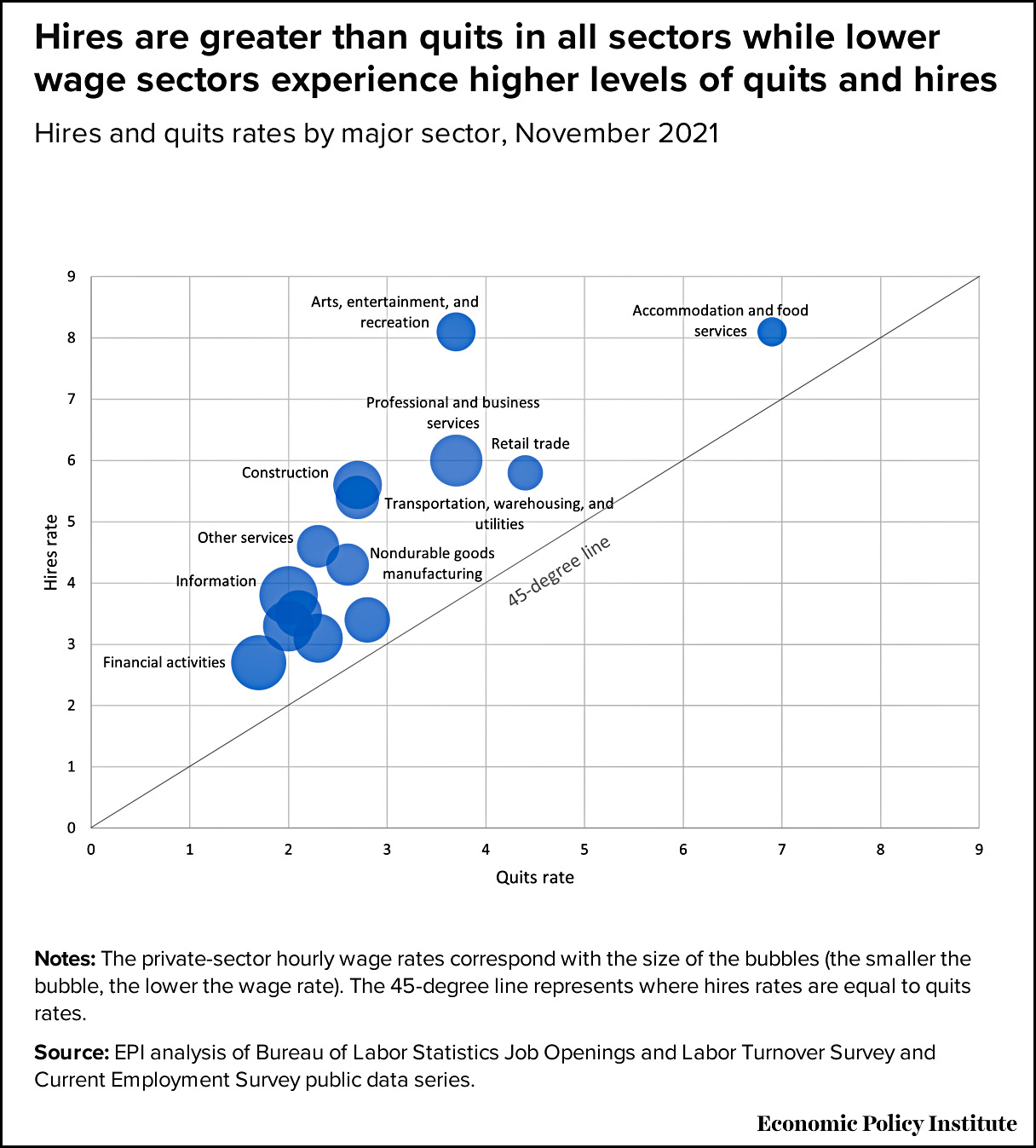From the Washington Post:
President Biden plans to deliver a hard-hitting speech on voting rights in Atlanta on Tuesday, saying the issue is fundamental to America, calling for passage of sweeping legislation and denouncing in detail the impact of voting restrictions in states like Georgia.
As always, this is a bit mysterious. A Republican filibuster is assured, which means Democrats need 60 votes for passage, which they'll never get. Nor can the legislation be passed under reconciliation rules, which would require only 51 votes. Literally the only way to pass this legislation is to abolish the filibuster, and Democrats don't have the votes for that either.
So why push so hard on it? Is it political theater, designed to show progressives that Biden did everything he could possibly do? Is it designed to embarrass Republicans for voting against it? I've never been clear on what's going on.
What's more, it's also not clear what the legislation would really accomplish. Consider voter turnout in presidential elections since 1980:
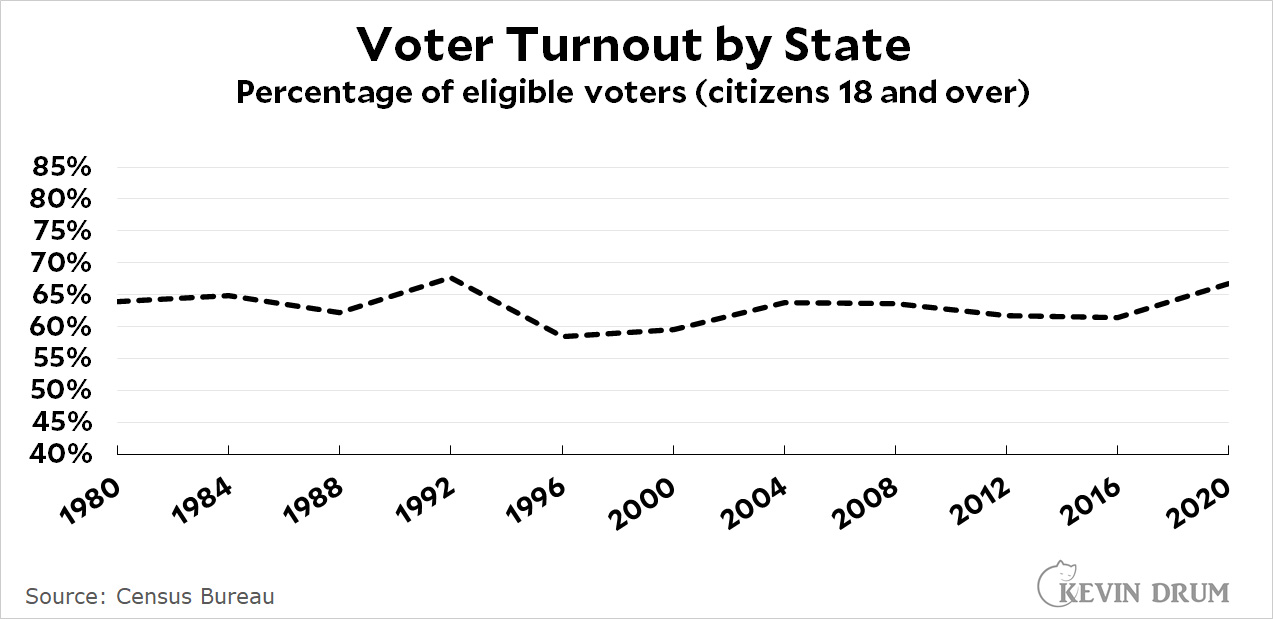 Democrats have been (successfully) broadening voting laws all this time, while Republicans have been fighting them. The result has been nothing. The trendline for voter turnout has been dead flat for 40 years.
Democrats have been (successfully) broadening voting laws all this time, while Republicans have been fighting them. The result has been nothing. The trendline for voter turnout has been dead flat for 40 years.
Here's the same chart, but with every state represented:
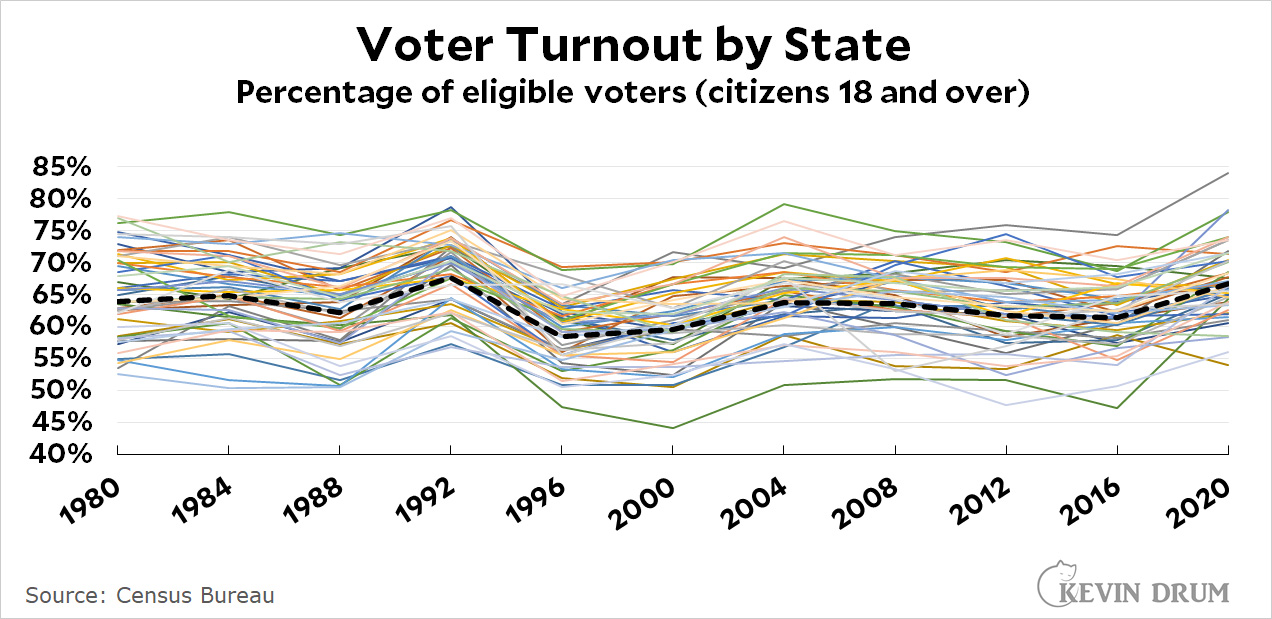 The point of this is that it doesn't show a lot of variance. Turnout is higher than average in some states and lower in others, but for the most part all of them are moving right along with the national average. Nothing special has happened thanks to either Democratic liberalization (motor voter law, early voting, etc.) or Republican suppression (photo IDs, caging lists).
The point of this is that it doesn't show a lot of variance. Turnout is higher than average in some states and lower in others, but for the most part all of them are moving right along with the national average. Nothing special has happened thanks to either Democratic liberalization (motor voter law, early voting, etc.) or Republican suppression (photo IDs, caging lists).
The place where you'd expect to see some divergence is in Southern states. Here's what they look like:
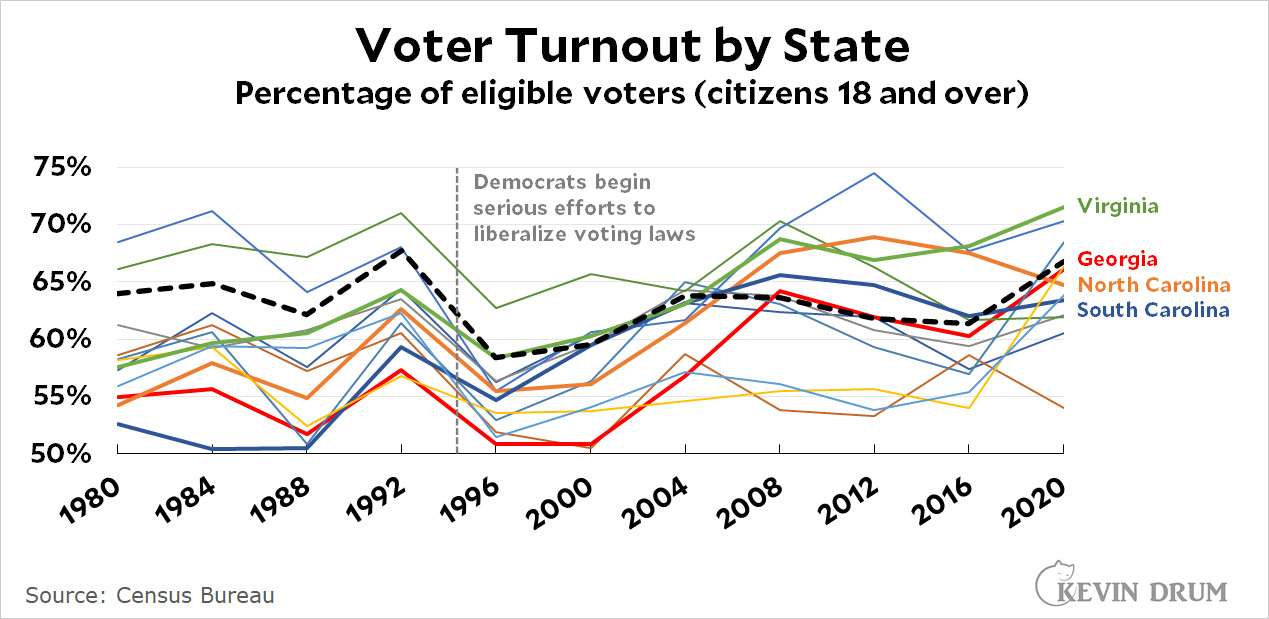 This is confusing to read, but the takeaway is simple: even in the South, nearly all states have basically followed the national trend. There are four exceptions (heavier lines) that started out well below the national average and then climbed above it. Of those, three have become steadily less Republican and more Democratic over the years, which might explain the change in turnout. The fourth is South Carolina, and I don't know what their story is.
This is confusing to read, but the takeaway is simple: even in the South, nearly all states have basically followed the national trend. There are four exceptions (heavier lines) that started out well below the national average and then climbed above it. Of those, three have become steadily less Republican and more Democratic over the years, which might explain the change in turnout. The fourth is South Carolina, and I don't know what their story is.
Still, if you take this all together it doesn't seem as though any of the hundreds of voting measures that have become law over the past few decades have accomplished much. The biggest one was the motor voter act in 1993, which required states to offer registration both at DMV offices and by mail. But it had no apparent effect on turnout at all.¹
This is a very broad look at things, and perhaps a more sophisticated analysis would show some subtle changes. But they'd be pretty subtle. What's more, they'd be kind of pointless anyway since recent research challenges the conventional wisdom that high turnout helps Democrats and low turnout helps Republicans. In fact, it turns out that increased or decreased turnout doesn't help or hurt either party by more than a hair.
So here we have some legislation that's morally laudable but can't pass and wouldn't do a lot of good even if it did. What really matters is either (a) passing a narrower bill that might get Republican support, or (b) introducing a bill that focuses solely on how votes are counted, which might truly embarrass Republicans if they voted against it.²
I don't understand what's going on and I never have. Perhaps it will all become clear once the current bills are put up to a vote.
¹You might be thinking that voter laws do have an effect, but Democratic and Republican efforts simply cancel each other out. That's possible. But research into specific types of voter laws seldom show high effectiveness. Nor do things differ much in red vs. blue states, even though they presumably enact only their preferred subset of voter laws. And of course there's the evidence of motor voter, a huge change that produced almost no effect.
Turnout aside, it's possible—maybe—that liberalized voter laws make voting more convenient, but there's not much rigorous research to demonstrate that, and in any case the effect would have to be very small in order to have no knock-on effects on ultimate voter turnout.
²And they would vote against it. Undermining the vote counting process is too essential to their Trumpish brand these days. But at least this is something that would make a decent campaign issue since most centrists are pretty appalled when they hear about this, even if they approve of voter ID and other "anti-fraud" measures.
 The headline inflation number for December was 7.1%, a small increase from last month's 6.9%.
The headline inflation number for December was 7.1%, a small increase from last month's 6.9%.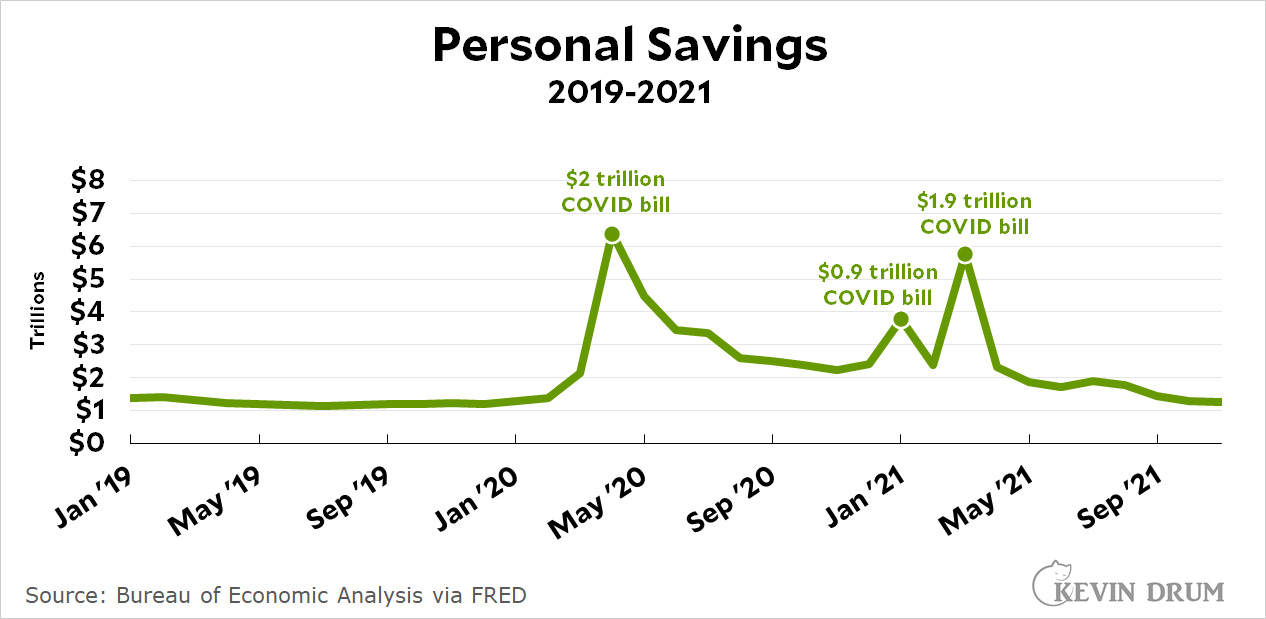 We pumped a huge amount of money into the economy over the past two years, and what happened is that people saved a large part of it and then spent it down over time. However, it's all gone now: personal savings by the end of 2021 was fully back to its long-term trend level of about $1 trillion.
We pumped a huge amount of money into the economy over the past two years, and what happened is that people saved a large part of it and then spent it down over time. However, it's all gone now: personal savings by the end of 2021 was fully back to its long-term trend level of about $1 trillion.

